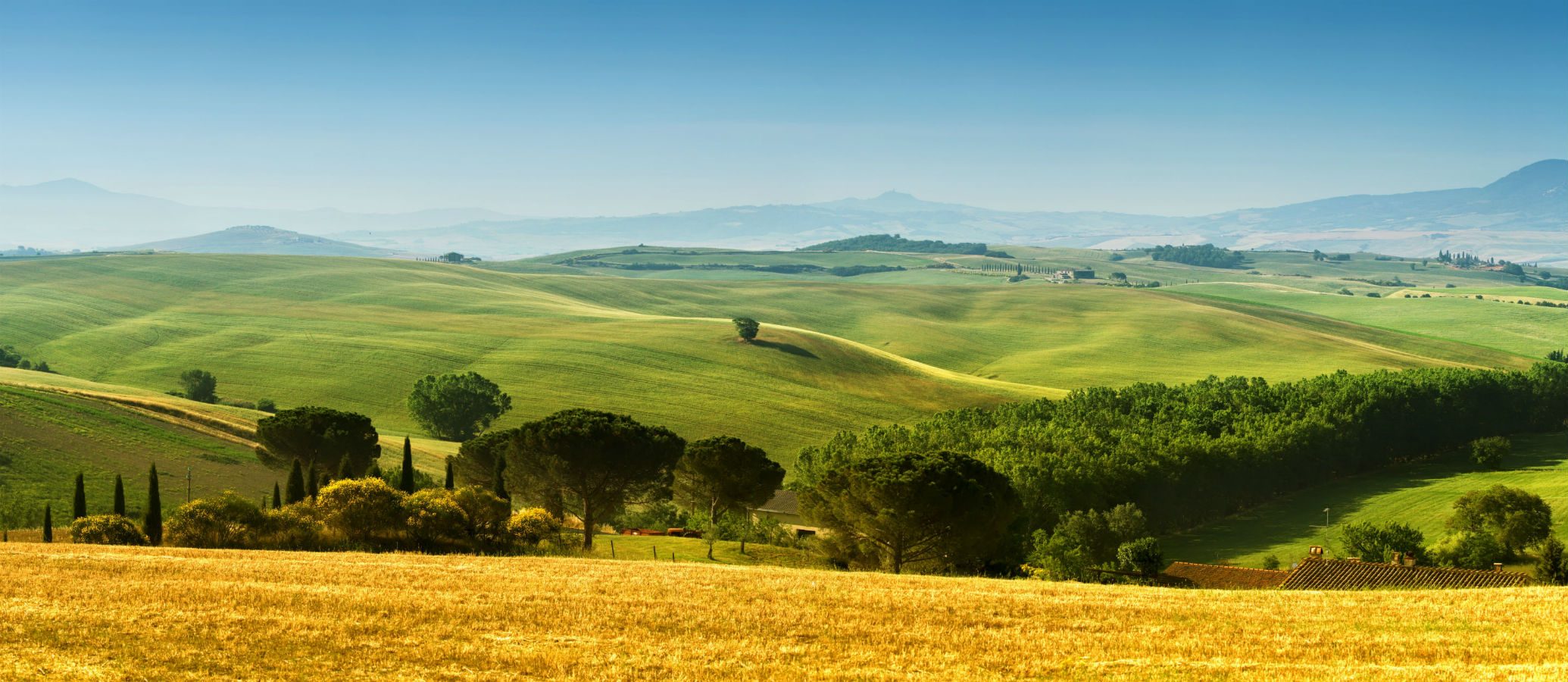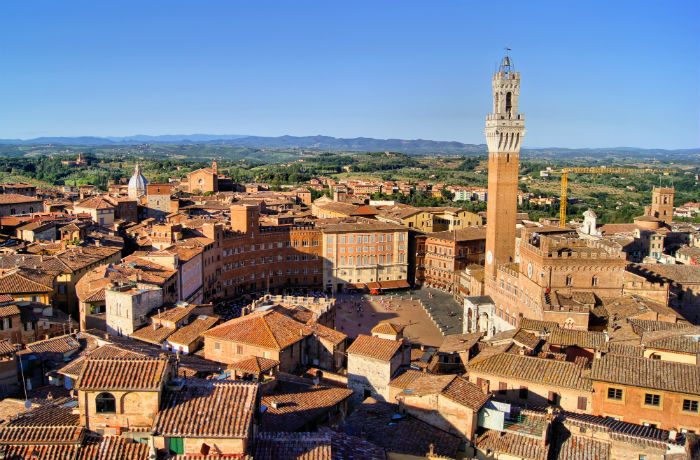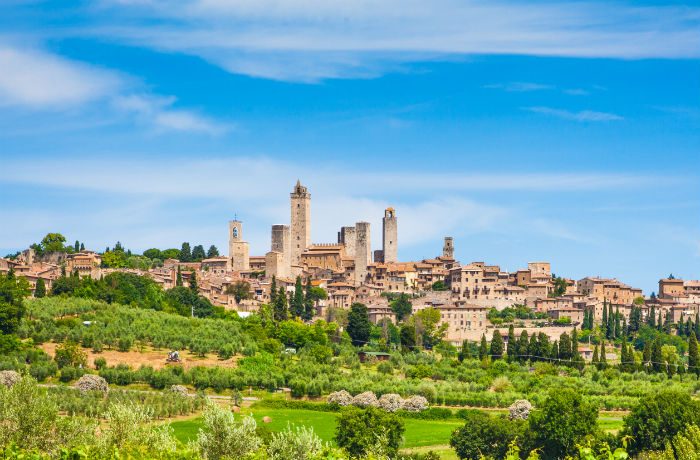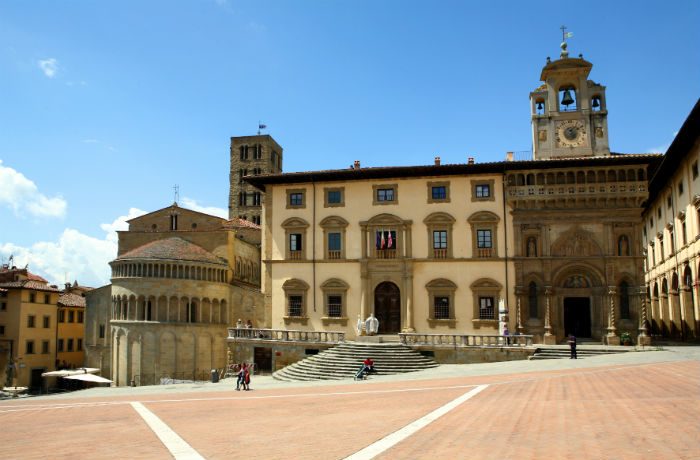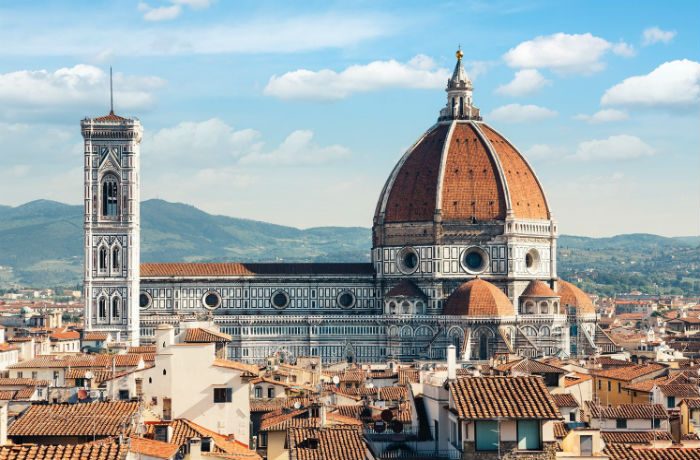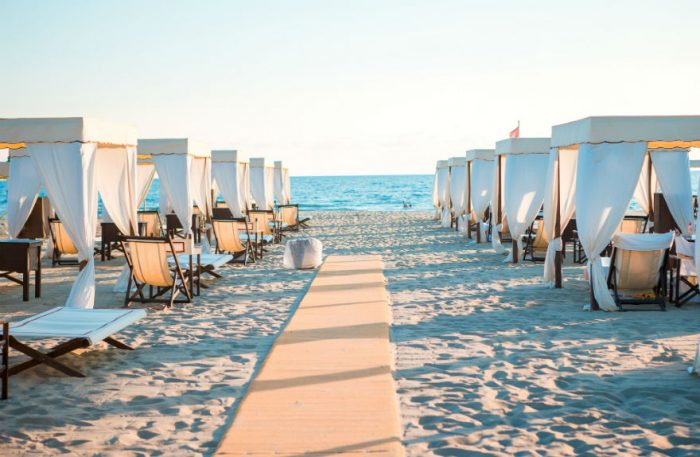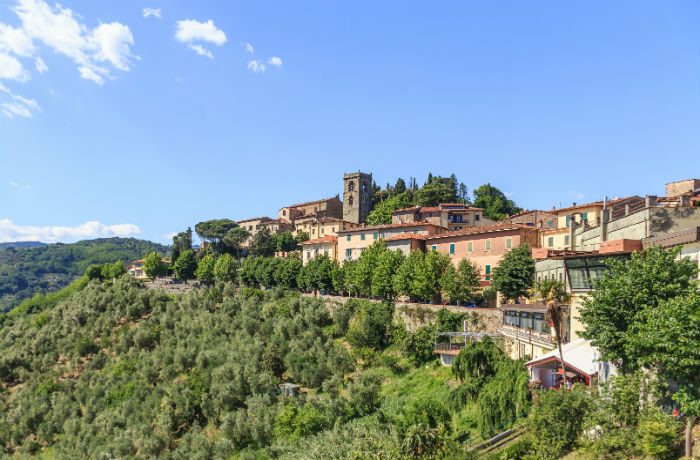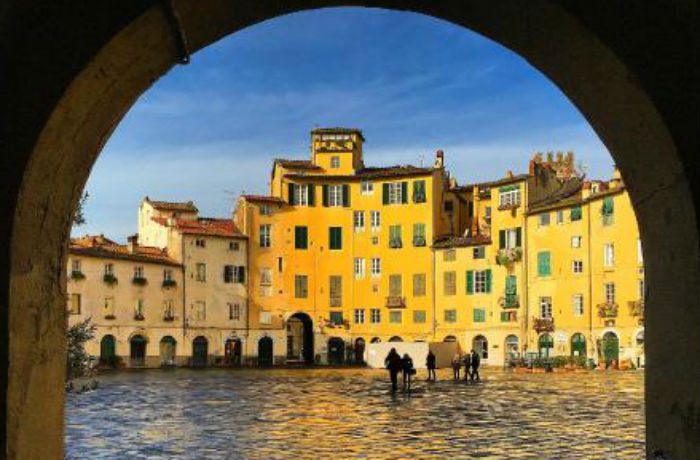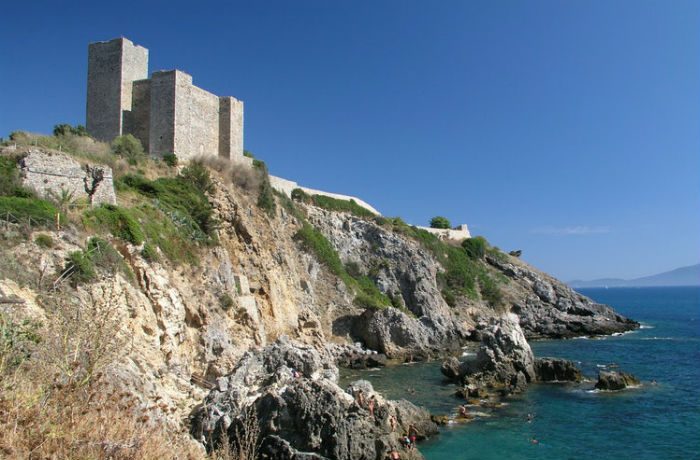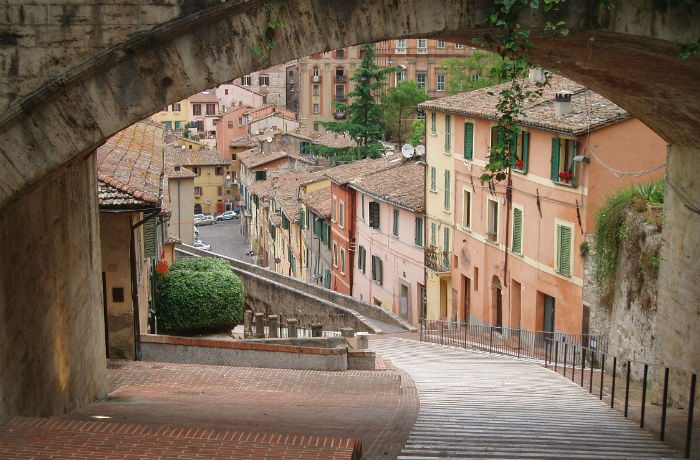Siena
Siena is one of Italy’s loveliest medieval cities, and a trip worth making even if you are in Tuscany for just a few days. Siena’s heart is its central piazza known as Il Campo, known worldwide for the famous Palio run here, a horse race run around the piazza two times every summer, the city’s most anticipated event . Movie audiences worldwide can see Siena and the Palio in the James Bond movie, Quantum of Solace. The Piazza del Campo is truly unique with its shell shape, its brick pavements and for all the beautiful buildings that face onto it.
The Torre del Mangia, with its height of 87 meters, offers one of the most beautiful views of the city. The climb can be a bit tiring: there are over 400 steps, a bit steep and narrow, to climb but the 360° view that awaits you on the top of the tower is really spectacular.
The Duomo in Siena, or the Cathedral of Santa Maria Assunta, is one of the most outstanding examples of Romanesque-Gothic church in Italy. Imposing, almost dazzling for the extensive use of the white marble : inside the Cathedral is enriched with works of famous artists : Donatello, Nicola Pisano, Michelangelo and Pinturicchio.
